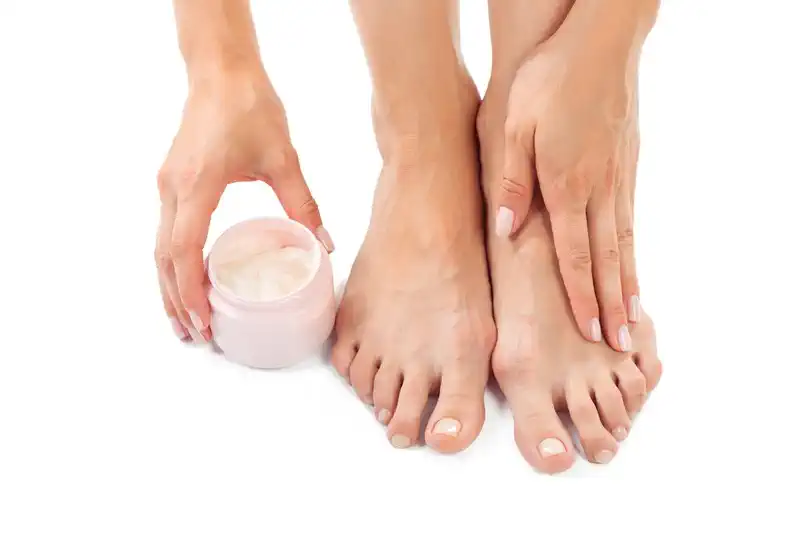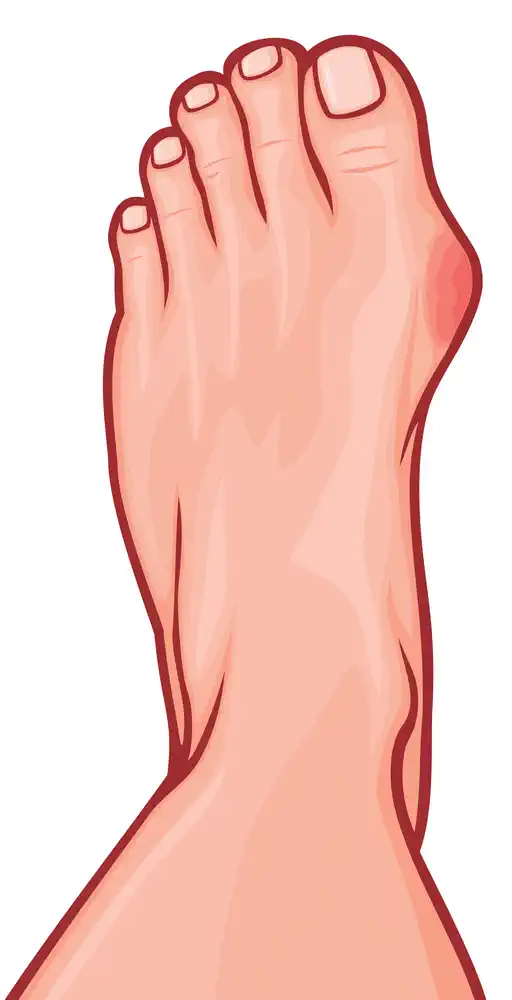Bunion Treatment in Toronto
Bunions: Causes, Symptoms, and Effective Treatments for the Bump on Your Big Toe
If you’ve noticed a painful, bony bump forming at the base of your big toe, you might be developing a bunion – a common foot condition affecting millions of people. Bunions can change the shape of your foot, making walking, standing, and wearing shoes uncomfortable or painful.
Understanding the causes, treatment options, and when to seek care can help protect your foot health and maintain an active lifestyle.

What Is a Bunion?
A bunion (hallux valgus) is a deformity of the big toe joint. It occurs when the big toe shifts inward toward the second toe, pushing the joint outward and forming a visible bump.
Symptoms May Include:
- A bony bump on the side of the big toe joint
- Redness, swelling, or tenderness near the joint
- Pain when walking or wearing shoes
- Stiffness or limited movement in the big toe
- Corns or calluses where toes rub together
Bunions are more than a cosmetic issue – they can impact mobility and foot function.
What Causes Bunions?
Bunions usually develop over time due to a combination of factors:
1. Genetics and Foot Shape
- Inherited foot structures like flat feet or loose ligaments increase risk
- Family history raises your likelihood of developing bunions
2. Poor Footwear Choices
- Tight, narrow shoes and high heels crowd the toes
- Heels shift body weight forward, putting extra pressure on the toes
3. Abnormal Foot Mechanics
- Overpronation or flat feet add strain to the toe joint
- Standing or walking on hard surfaces for long periods can aggravate bunions
4. Arthritis and Joint Conditions
- Inflammatory conditions like rheumatoid arthritis can damage joint cartilage
5. Injury or Trauma
- Past foot injuries may destabilize the joint and trigger bunion formation
Your Feet Deserve Professional Care
Book your appointment today and take the first step toward healthier, pain-free feet.
How Common Are Bunions?
About one in three adults develops bunions. They’re more common in women, likely due to footwear habits. Bunions usually appear in middle age but can occur earlier, especially with strong risk factors.
Signs and Symptoms to Watch For
- A visible bump at the base of the big toe
- Soreness or pain, especially after walking
- Swelling or redness near the joint
- Trouble finding comfortable shoes
- Limited big toe movement
- Toe overlap or rubbing
If you notice pain or changes in toe alignment, consult a Footcare on Bay specialist.
At-Home Treatments to Manage Bunions
While bunions don’t go away without surgery, many people manage symptoms with conservative care:
1. Choose the Right Shoes
- Wear wide-toe box shoes that let toes spread naturally
- Avoid heels and pointed shoes
- Select soft, flexible materials that minimize pressure
2. Use Bunion Pads and Toe Spacers
- Gel or silicone pads cushion the bunion
- Toe spacers help realign toes and reduce friction
3. Ice the Affected Area
- Apply an ice pack for 10–15 minutes to reduce swelling
- Use after walking or long periods of standing
4. Stretch and Strengthen Your Feet
- Gently pull the big toe away from the second toe
- Roll a towel or small ball under your foot
- Pick up marbles or grip towels with your toes for strength
5. Consider Orthotic Inserts
- Custom or off-the-shelf orthotics can correct foot mechanics
- Help reduce overpronation and relieve pressure

What Our Customers Say
When to See a Podiatrist
See a specialist if:
- Bunion pain is frequent or severe
- Foot shape changes significantly
- You can’t find shoes that fit comfortably
- Daily activities are affected
A Podiatrist May Recommend:
- Custom orthotics to improve alignment
- Cortisone injections to reduce inflammation
- Physical therapy to maintain mobility
- Surgery for severe or unresponsive bunions
When Is Bunion Surgery Recommended?
Surgery is considered when:
- Pain is constant and interferes with daily activities
- The bunion is progressing or causes toe overlap
- Shoes no longer fit comfortably
Today’s bunion surgery techniques often involve smaller incisions and faster recovery times.
Frequently Asked Questions About Bunions
Can bunions go away without surgery?
No, the bony bump remains, but pain and inflammation can be managed.
Do all bunions require surgery?
No, many people find relief with proper shoes, bunion pads, and exercises.
Is it safe to exercise with a bunion?
Yes. Choose low-impact activities like swimming or cycling and wear supportive shoes.
Do bunion pads really help?
Yes. While they don’t fix the bunion, they reduce pressure and improve comfort.
Can bunions come back after surgery?
Rarely, but recurrence is possible if foot mechanics aren’t corrected post-surgery.
Tips to Prevent Bunions or Stop Progression
- Wear supportive, properly fitting shoes
- Limit high heels and tight footwear
- Keep a healthy weight to reduce foot stress
- Stretch and strengthen your feet regularly
- Get early care for foot pain or deformities
Take Care of Your Feet for a Pain-Free Life
Bunions may start small, but without attention, they can worsen and affect your mobility. The earlier you take action – from footwear adjustments to targeted exercises – the more likely you’ll avoid surgery and reduce pain.
If symptoms progress, don’t wait. A Footcare on Bay podiatrist can guide you through your options, including non-surgical and surgical care.
Looking for better foot support? We're just around the corner.
Call us today at
